
Electrified Next-Gen Sanitation
Advanced Treatment. Simple Design.
LOW-ENERGY, LOW-MAINTENANCE, HIGH PERFORMANCE
ESeptic delivers advanced wastewater treatment for households, cabins, and small communities without the noise, odor, or complexity of traditional systems. Our technology uses electrified biofilms to naturally clean wastewater, creating a low-maintenance, low-energy alternative to septic tanks and aerated treatment units (ATUs). From off-grid homes and island communities, to small developments and emergency response setups, ESeptic systems aim to provide resilience, efficiency, and simplicity.
OUR MISSION
To transform onsite wastewater treatment with intelligent, low-maintenance systems that simplify sanitation while minimizing energy use and environmental impact.
A BETTER SOLUTION FOR ONSITE WASTEWATER TREATMENT
Septic systems frequently fail because they depend on passive processes or require energy-intensive aeration. Instead, ESeptic uses gentle electrical stimulation (easily obtained from solar/battery power) and natural microbial activity to boost treatment performance while keeping things simple. Unlike most competitors, ESeptic is:

LOW MAINTENANCE
ESeptic eliminates the complicated parts that make conventional systems hard to maintain. There are no aerators, filters, pumps, or mechanical components to clog or burn out, just durable materials, smart design, and natural treatment powered by microbes and gentle electrical currents. The result is a system that can run quietly and reliably for years, even under variable household use. With fewer parts to service, homeowners save on maintenance and repair costs while enjoying consistent performance. It’s a wastewater solution you can set, forget, and trust to last with minimal effort.
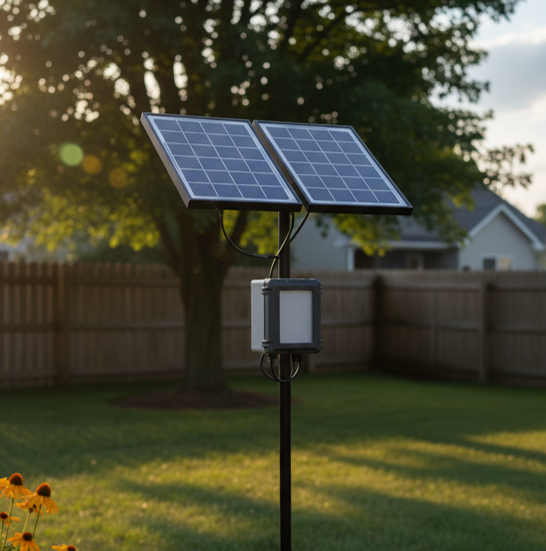
LOW ENERGY
ESeptic runs on less energy than your home’s wireless router, yet delivers advanced treatment performance. With no blowers, pumps, or aeration systems, it eliminates the biggest sources of power consumption found in traditional onsite treatment. This ultra-efficient design makes ESeptic ideal for off-grid, remote, or energy-conscious homes. The system can operate entirely on a small solar panel or battery setup, reducing reliance on the grid and lowering operating costs. Whether it’s a rural cabin, island property, or sustainable home, ESeptic keeps wastewater treatment quiet, reliable, and energy-smart—without compromise.
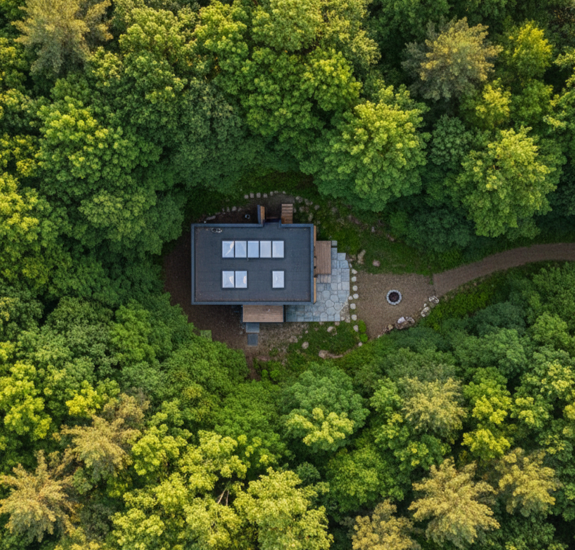
ECO-FRIENDLY
ESeptic keeps things simple and sustainable by working with nature instead of against it. Inside each system, electroactive microbes and natural biofilms break down organic matter and nutrients without chemicals or energy-intensive aeration. This process significantly reduces nitrogen pollution and harmful pathogens, protecting groundwater, soil health, and nearby waterways. With minimal energy use and no chemical additives, ESeptic delivers high-quality treatment that’s gentle on the environment and safe for your property. It’s a smarter, cleaner way to manage wastewater.
Meet Our Team
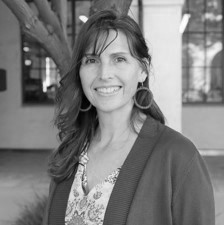
Natalie Mladenov, PhD, PE
Co-inventor
Professor of Environmental Engineering in SDSU’s Department of Civil, Construction & Environmental Engineering and holder of the William E. Leonhard, Jr. Chair, Dr. Natalie Mladenov directs the Water Innovation & Reuse Lab (WIRLab). She teaches courses on physical, chemical, and biological processes in water pollution control as well as environmental engineering fundamentals. Her research centers on the fate, transport, and transformation of emerging contaminants in natural and engineered systems, including photochemical and biological degradation, trace organic pollutants, microplastics, and optical sensor techniques for monitoring water quality. Among her honors, Dr. Mladenov has been recognized as an SDSU Presidential Research Faculty Fellow and awarded for excellence in engineering education and mentoring.
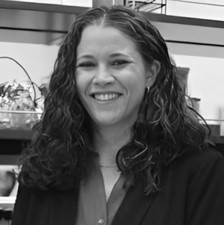
Christy Dykstra, PhD
Co-inventor
Dr. Christy Dykstra is an Assistant Professor in the Environmental Engineering wing of SDSU’s Department of Civil, Construction & Environmental Engineering. She leads the Environmental Biotechnology Lab (EBL), where her research focuses on bioelectrochemical systems (BESs) for energy and nutrient recovery from wastewater, anaerobic digestion and biogas upgrading, and the microbial and electrochemical interactions underpinning contaminant transformation. Dr. Dykstra has been awarded an NSF CAREER grant to deepen insight into the interactions between bacteria and archaea in methanogenic systems and to advance bioelectrochemical methods for carbon-neutral or energy-positive wastewater treatment. Before joining SDSU, she earned her PhD and MS in Environmental Engineering from Georgia Tech and conducted postdoctoral research in bioelectrochemical engineering.
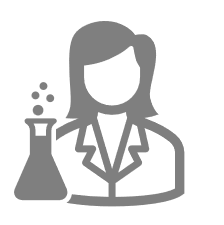
Sofie Aranguren
Student Assistant
Environmental Engineering undergraduate student at San Diego State University.
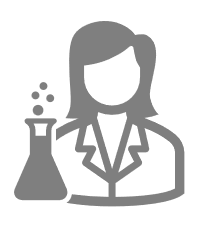
Giselle Lemus
Student Assistant
Environmental Engineering undergraduate student at San Diego State University.
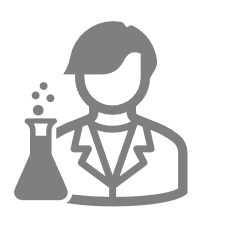
Jose Rivera Carias
Student Assistant
Environmental Engineering undergraduate student at San Diego State University.

Eloi Major
Student Assistant
Environmental Engineering undergraduate student at San Diego State University.
BE PART OF THE SANITATION REVOLUTION
Interested? Reach out today for more information.
